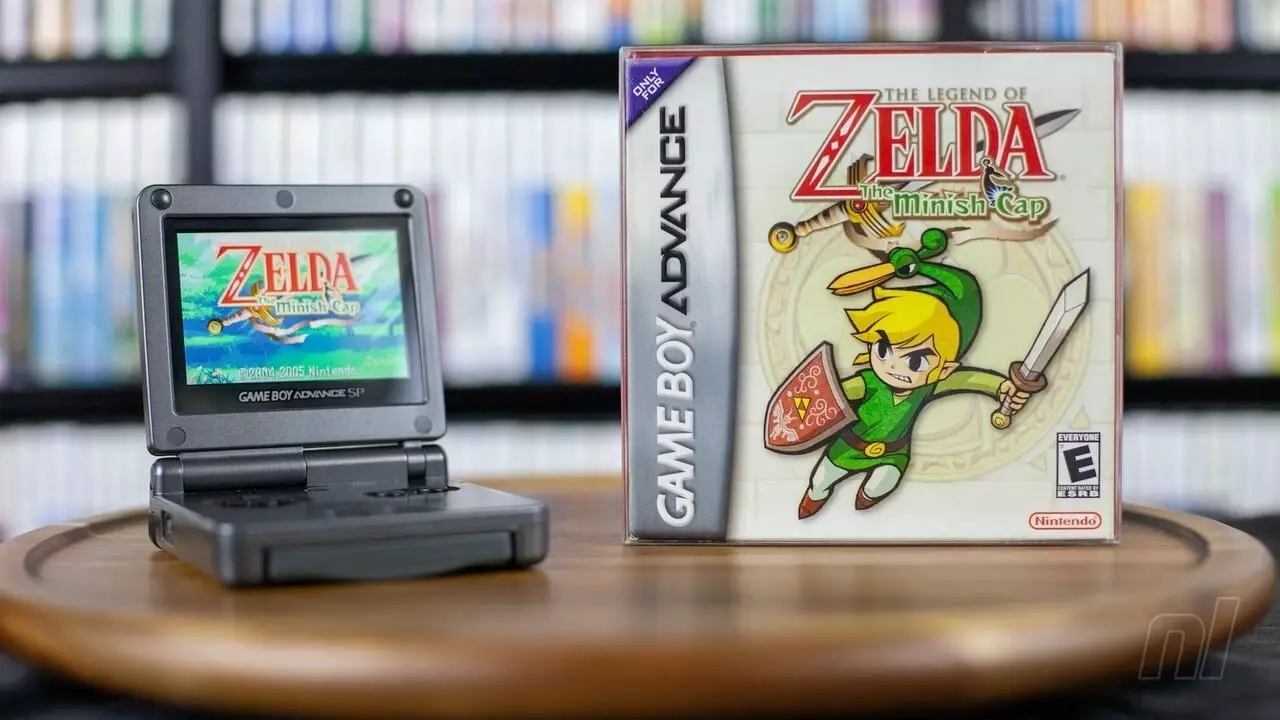As we commemorate the 20th anniversary of *The Legend of Zelda: The Minish Cap*, one can’t help but immerse in a sense of nostalgia and reflection on what made this title a gem in the expansive Zelda universe. Released on November 4, 2004, in Japan for the Game Boy Advance, the game marked a pivotal moment in the series, showcasing innovations both in gameplay and visual artistry. Even two decades later, it holds a distinguished position among fans and critics alike, prompting many to revisit its virtues and quirks.
Crafted through a collaboration between Capcom and Flagship, *The Minish Cap* introduced new mechanics that allowed players to explore the whimsical world of Hyrule from an entirely different perspective. Under the direction of Hidemaro Fujibayashi, who would famously contribute to the franchise in subsequent releases, the game became a curious mashup of traditional Zelda quests blended with peculiar elements that sometimes baffled players. The intro itself—a talking hat that reduces Link to the size of a mere acorn—was indicative of the quirky tone that permeated the entire experience.
Navigating the stylized, top-down landscapes while traversing oversized environments created an engaging contrast that captivated players. Incorporating character elements such as Tingle introduced not just humor but also depth, as we witnessed different layers to the story and world. This aesthetic choice, which drank deeply from the well of *The Wind Waker*, adopted a new, vibrant look, establishing a connection with fans who were enchanted by the series’ artistic evolution.
Another praiseworthy aspect of *The Minish Cap* lies in its streamlined gameplay mechanics. While it features just six dungeons, each is meticulously designed to warrant genuine thought and challenge without overwhelming the player. The emphasis on Kinstones—a critical puzzle mechanic—introduced an inventive blend of challenges that replaced typical collectible systems.
Certainly, the allure of collecting and matching these little tokens could become tedious, yet the integration of the mechanic was revolutionary for the franchise, allowing players to manipulate their environment and engage with the world at a more personal level. The game balanced accessibility and challenge effectively, making it approachable for newcomers while still offering seasoned players a satisfying experience complete with secrets and side quests.
The audio in *The Minish Cap* also deserves particular recognition. With a soundtrack constructed by Mitsuhiko Takano, players found themselves enveloped in melodious tunes that not only adorned the gameplay but elevated the emotional resonance of the narrative. Each piece was lovingly crafted, varying from serene exploration themes to energetic battle tracks, solidifying the game’s place in players’ hearts.
Visually, the game’s pixel art rendered environments vividly, marrying the iconic art style with modern technology. The color palettes danced across the screen, breathing life into every corner of Hyrule—proving once more that graphical limitations could, in fact, breed creativity rather than constrain it. This artistic flair remains one of *The Minish Cap*’s strongest triumphs.
Even as gaming technology advances, the timeless appeal of *The Minish Cap* persists. With various digital ports to modern consoles like the Nintendo Switch, new generations can experience the charm and whimsy that endeared this title to many. While some may argue that the game doesn’t demand a remaster—indicating its well-crafted accessibility—those who cherish it would undoubtedly welcome an updated iteration that could potentially introduce the game to an even wider audience.
As we celebrate 20 glorious years of *The Legend of Zelda: The Minish Cap*, it is essential to reflect not just on its unique contributions to the series, but also on why it has remained a beloved classic. Its charm, innovation, and artistry continue to inspire affection from fans young and old, making it a pivotal piece of gaming history that will be remembered for years to come.

